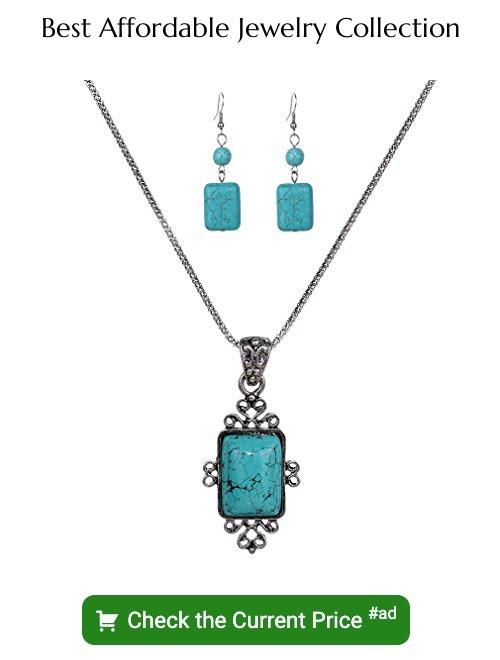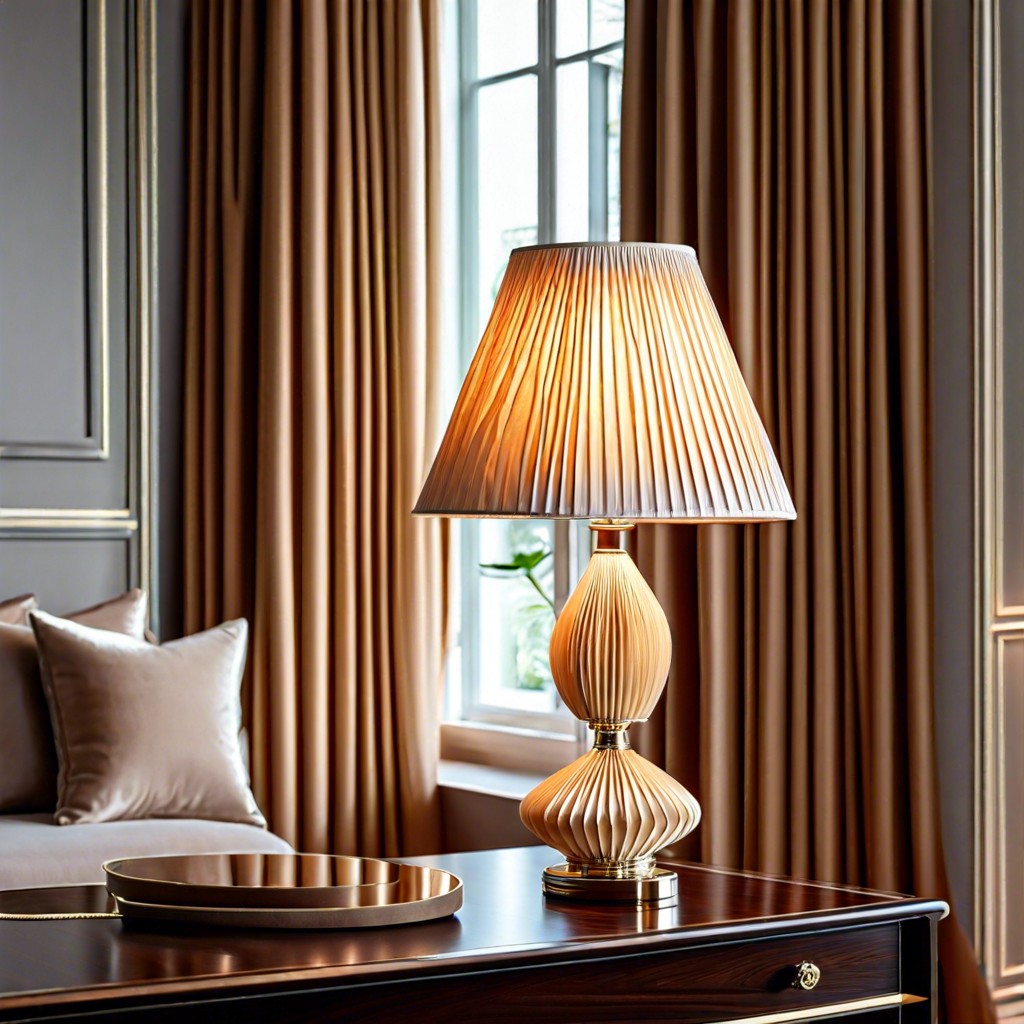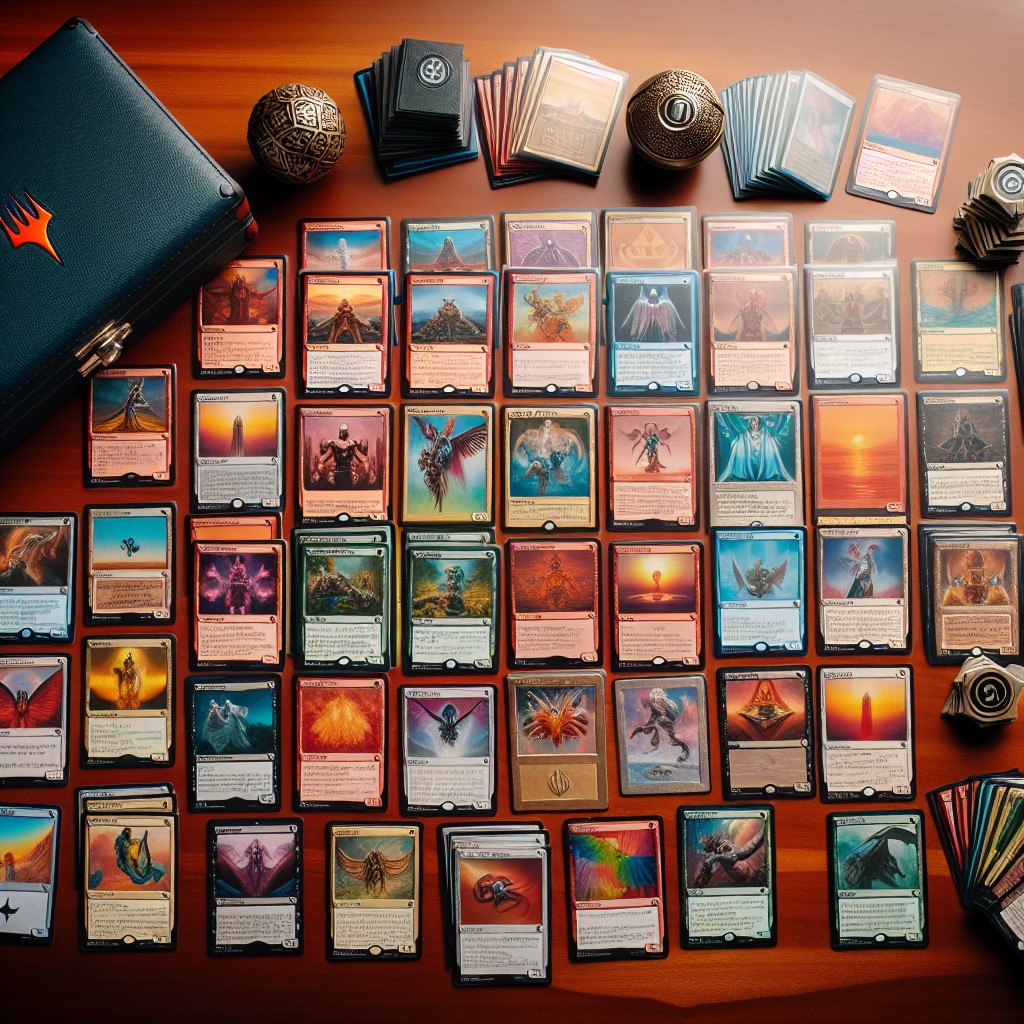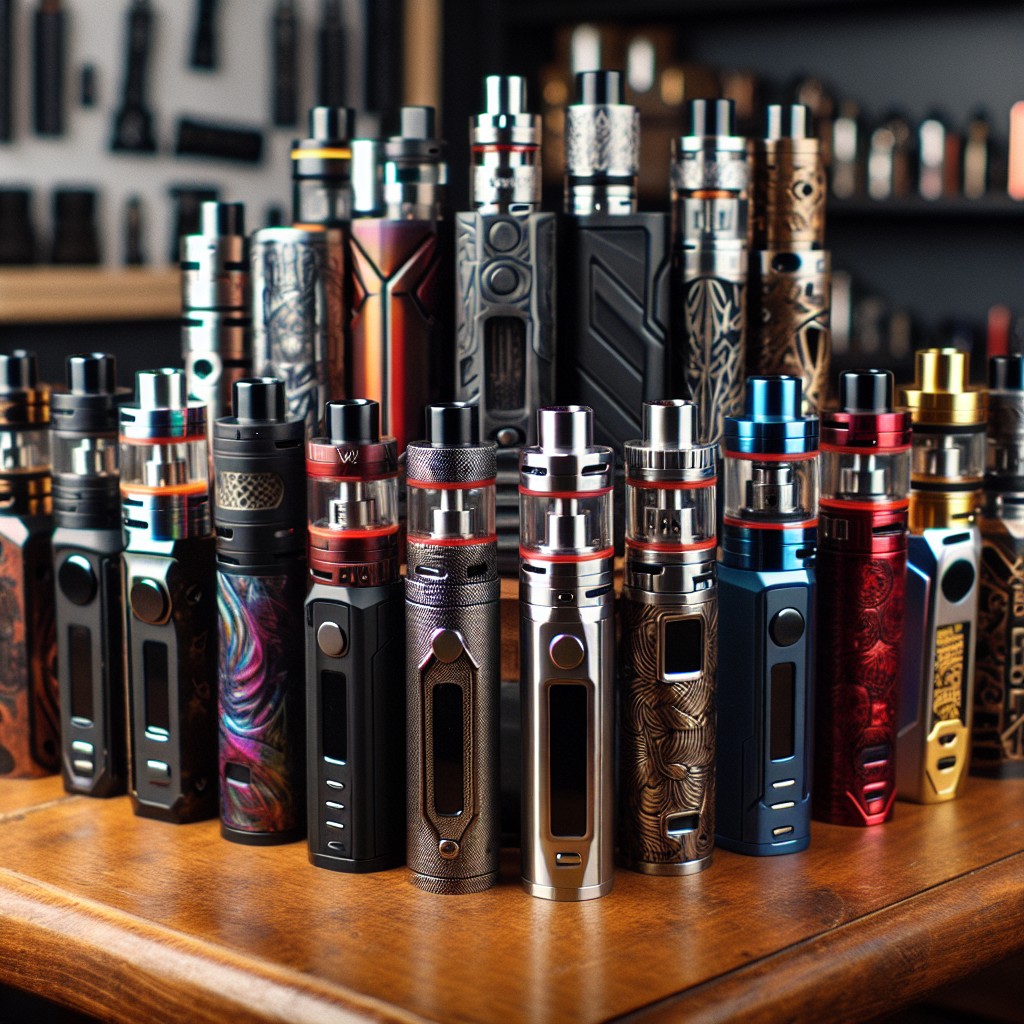Last updated on
Explore the dazzling world of affordable adornments because we’ve mapped out the ultimate travel guide to lands where exquisite jewelry won’t dig a hole in your pocket.
Key takeaways:
- Understanding factors influencing jewelry prices: craftsmanship, labor costs, raw material availability, economic conditions.
- Consider tariffs, VAT, and import taxes when buying jewelry abroad.
- Currency exchange rates affect purchasing power when buying jewelry overseas.
- Dubai offers competitive pricing for gold jewelry, thanks to tax policies, purity standards, trade practices, and craftsmanship.
- Thailand is a hub for gemstone crafting, offering affordability, artisan craftsmanship, direct source access, and a bargaining culture.
Factors Determining Jewelry Prices in Different Countries
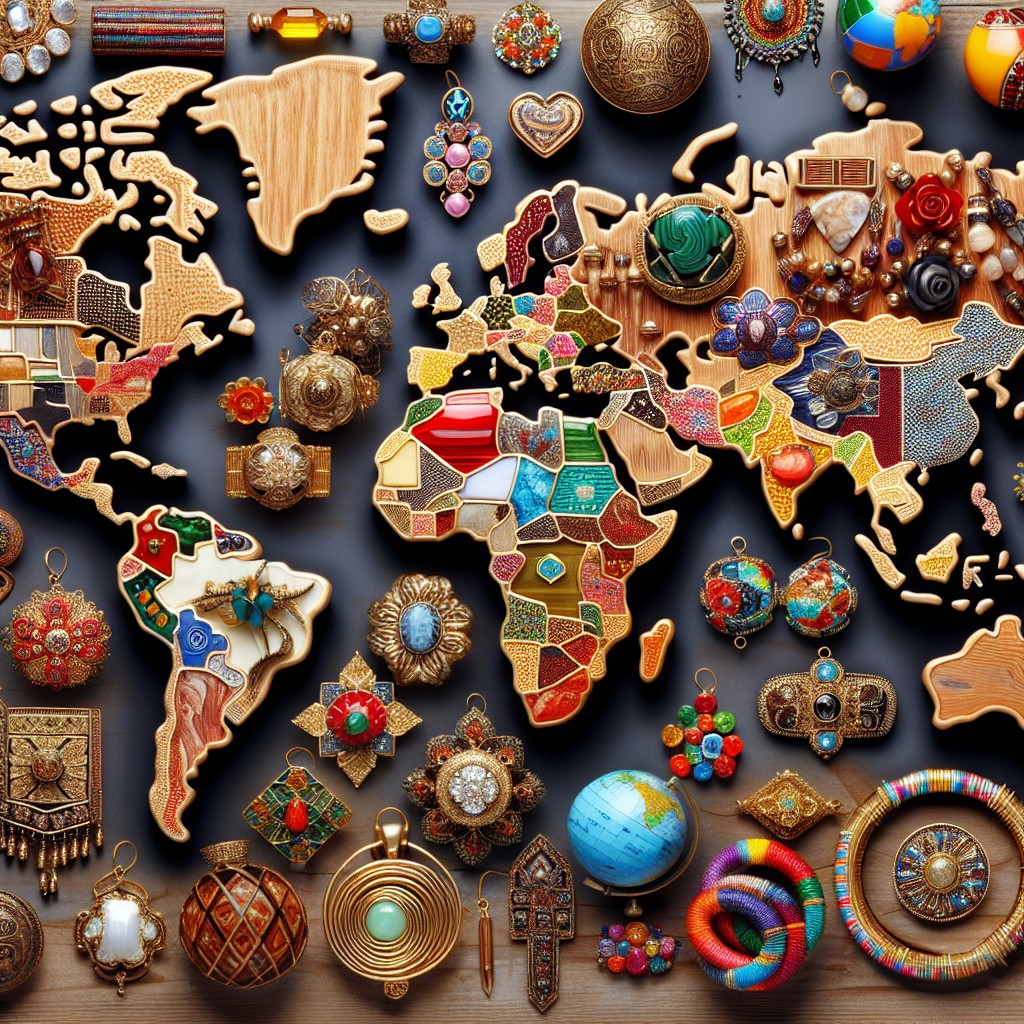
The cost of jewelry across the globe can fluctuate significantly due to a variety of influencing factors. Craftsmanship is a primary determiner; countries with a rich heritage in jewelry making often have skilled artisans whose expertise can drive up prices. Labor costs also play a critical role, with countries known for inexpensive labor offering more affordable pieces.
Availability of raw materials is another pivotal aspect; proximity to mining sources can reduce the transportation costs of precious metals and stones, reflecting in the final price. Lastly, economic conditions such as inflation and the strength of a nation’s currency against others can affect how much consumers end up paying for their jewelry. Understanding these factors provides insight into why some countries offer jewelry at lower costs than others.
Understanding Tariffs and Taxes On Jewelry

When scouting for jewelry abroad, it’s crucial to grasp how tariffs and taxes can influence the total cost. These additional charges can vary substantially from one country to another, often depending on the bilateral trade agreements in place.
Tariffs are essentially taxes imposed on imported goods. In the context of jewelry, a piece that may seem like a steal overseas could attract a significant duty when you bring it home, offsetting any initial savings.
Value-added tax (VAT) or goods and services tax (GST) are standard in many countries and apply to jewelry purchases. Some countries, however, offer VAT refunds to tourists, which can make a significant difference in the price.
Consider the import taxes of your home country. Bringing in jewelry valued over a certain amount can lead to additional taxation, which affects the overall affordability and benefit of purchasing jewelry abroad.
Be aware of the thresholds and exemptions. Travelers are often allowed to bring back a certain value of goods without incurring extra costs, but exceeding this limit leads to extra charges.
To make the most informed decision, check the customs regulations for both the country of purchase and your country of residence before investing in foreign jewelry.
Currency Exchange Rates Impacting Jewelry Costs
Navigating currency exchange rates is crucial in snagging the best deals on jewelry abroad. Here are a few key points to keep in mind:
- Exchange rates fluctuate constantly. A strong home currency against your destination’s currency means more purchasing power. Monitor trends and consider buying when your currency gives you an upper hand.
- Some countries have weaker currencies but high craftsmanship quality, allowing you to get more value for your money. Research these ‘sweet spots’ for potential savings.
- Consider transaction fees. Banks and exchange services charge fees that can add up. Use credit cards with no foreign transaction fees or exchange currency at reputable banks to minimize extra costs.
- Be aware of “dynamic currency conversion” traps. Vendors may offer to charge you in your home currency, often at a poor exchange rate. Always opt to pay in the local currency to avoid this hidden surcharge.
Remember, understanding currency dynamics can lead to significant savings on high-ticket items like jewelry.
Dubai: The City of Gold
In the sunbathed souks and glimmering malls of Dubai, gold jewelry is more than just an accessory; it’s part of the city’s cultural fabric. The allure of purchasing gold here is not solely due to the vast selection but also hinges on the competitive pricing. Here’s why:
- Tax Policies: With minimal taxation, the prices are often lower than in other countries, making it an attractive destination for gold shoppers.
- Purity Standards: The government enforces strict regulations, ensuring a high level of purity in the gold sold across the city.
- Trade Practices: Haggling is a common practice in traditional markets, giving buyers the opportunity to negotiate for the best deals.
- Craftsmanship: Jewelers in Dubai are known for their exquisite designs and superior craftsmanship, often with intricate patterns that reflect the rich Arab heritage.
Exploring these points, one can discern why this metropolis earns its title as the City of Gold, presenting an enticing shopping haven for jewelry enthusiasts.
Thailand: The Hub of Gemstones
Venture into the bustling streets of Bangkok and Chiang Mai, and you’ll discover Thailand’s mastery in gemstone crafting. Recognized for its skilled artisans and gemstone diversity, the country offers rubies, sapphires, and jade of exceptional quality at prices that often undercut those of Western markets.
Artisan Craftsmanship: Thai jewelers have honed their craft over centuries, creating intricate pieces that stand testament to their expertise. Labor costs, being lower here, contribute to more affordable jewelry-making without compromising on the intricate design and craftsmanship.
Direct Source Access: Being closer to the gemstone mining regions allows for direct acquisition which reduces the cost associated with middlemen, you are effectively getting closer to the source price.
Local Markets: Shopping at the local markets or gemstone districts can yield competitive prices, as traders vie for business amid a rich concentration of jewelry shops.
Bargaining Culture: Negotiating is commonplace, allowing savvy shoppers the opportunity to secure even better deals, but always be respectful and know when to seal the deal.
Quality and Authenticity Concerns: Be aware of counterfeit goods and invest time in visiting reputable merchants recommended by locals or fellow travelers. The Jewelry Trade Centre in Bangkok is a reliable starting point.
Understanding these nuances contributes to a fulfilling jewelry purchasing experience in Thailand, where the abundance of choice meets value for money.
Belgium: The Diamond Capital
Nestled in the heart of Europe, Antwerp has been a focal point for diamond trade since the 15th century. This city’s diamond district is a bustling hub where approximately 84% of the world’s rough diamonds pass through. Because of the volume and the city’s storied expertise in cutting and trading, consumers often find competitive prices here compared to other markets.
Purchasing diamonds in Antwerp offers unique advantages:
- Direct Access: Buyers have the opportunity to engage with a myriad of dealers, finding stones that match their preferences and budgets without multiple middlemen.
- Craftsmanship: Renowned for skilled artisans, Antwerp’s diamonds are often cut and polished to exceptional standards, ensuring a high-quality investment.
- Variety: With an extensive network of traders, the selection of stones is vast, giving buyers more choices in color, clarity, cut, and carat size.
- Verification: Due to strict European regulations, diamonds come with certification providing assurance of authenticity and quality.
When visiting Antwerp for diamonds, always request proper documentation and consider consulting with a local expert to navigate the market effectively.
China: Exceptional Freshwater Pearls
Navigating the pearl markets in China offers a fascinating adventure into acquiring some of the finest freshwater pearls in the world. Unlike their saltwater counterparts, these pearls come from mussels in China’s plentiful lakes and rivers. What sets them apart is not just their origin, but also the variety in shapes, colors, and sizes, which range from tiny seed pearls to large, lustrous baroques.
For buyers, this means access to a wide spectrum at lower prices due to the high volume of production. Furthermore, China’s advancements in pearl farming techniques have dramatically improved the quality over the years. Purchasing directly from the source eliminates middlemen, translating to considerable savings.
It’s also worth noting that these markets present pearls in all forms—from loose beads to exquisitely crafted jewelry—enabling both customization for personal tastes and bulk buys for those looking to resell or create their own designs.
While in China, educating oneself on the grading system, which assesses luster, surface, shape, and color, is essential. Knowledgeable buyers can make astute selections and negotiate better deals. It’s also advisable to shop at reputable markets or stores and request certificates of authenticity when possible to ensure a genuine purchase.
South Africa: Platinum Paradise
South Africa is renowned for its wealth of natural resources, particularly when it comes to platinum group metals. It’s no wonder that buyers interested in platinum jewelry often find their way here, lured by the attractive prices and high-quality offerings.
Mining directly impacts jewelry costs, with fewer middlemen typically involved in the South African market, thus reducing additional charges. Additionally, artisanal craftsmanship is celebrated, with many jewelers offering unique, handcrafted pieces that highlight the metal’s natural luster and durability.
While in the country, visitors can explore the jewelry districts of major cities, where competitive pricing allows for negotiation, ensuring they get the best value for their purchases. Keep in mind, though, that the rarity of platinum means prices may vary significantly based on weight and design complexity. It’s also advisable to be aware of the export duties that can apply, as these will affect the final cost if you’re planning to bring your treasures home.
Legal Aspects of Importing Jewelry
Navigating through the legal aspects of importing jewelry is essential to avoid any unforeseen complications. Here are some critical points to consider:
1. Customs Duty and Import Taxes: Check the import duties for jewelry in your home country. Rates can vary, and understanding these costs upfront helps you budget accordingly.
2. Declaration of Value: Always declare the full value of your jewelry purchase. Undervaluing items can lead to penalties or confiscation.
3. Prohibited Materials: Some countries have restrictions on importing jewelry made from certain materials like ivory or endangered coral. Ensure your purchase complies with international conservation laws.
4. Receipts and Certificates: Retain all documentation related to your purchase, including sales receipts and gemstone certificates. These prove authenticity and value, which customs may require.
5. Export Restrictions: The country where you’re buying might have export restrictions on cultural artifacts or high-value items. Always verify to prevent legal issues.
Stay informed about these legal intricacies to make your jewelry import process as smooth as a freshly polished gem.
Resale Value and Investment Potential of Foreign Jewelry Purchases
Investing in foreign jewelry isn’t just about the immediate cost savings. Think about the future too. High-quality pieces from reputable international markets often hold or even increase their value over time. Consider these points:
- Craftsmanship: Jewelry from countries known for exceptional crafting skills can fetch a higher resale value.
- Authenticity: Certificates of authenticity for gemstones and precious metals add an extra layer of value.
- Rare Finds: Pieces with unique designs or rare materials from specific regions can become sought after by collectors.
- Market Demand: The resale value is influenced by current trends and demand in the jewelry market.
Remember, while international jewelry purchase can be a lucrative investment, always do your research to understand the potential resale market.
Recap
